These puffed-grain squares are sweet with chocolate and slightly nutty with the flavor of tahini. A great snack from the cookbook Whole Grains for a New Generation by Liana Krissoff!
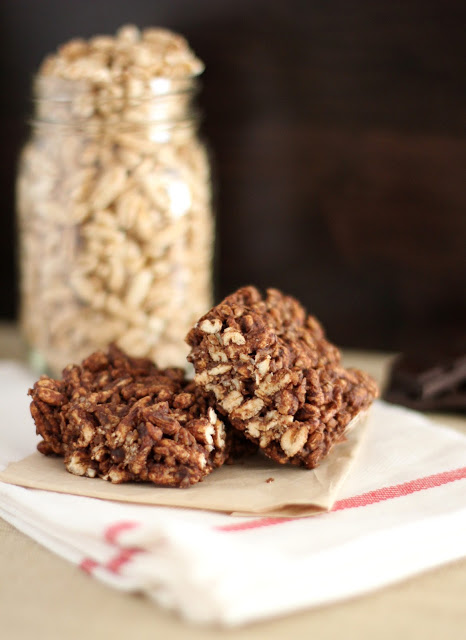
Chewy Chocolate-Tahini Puffed-Grain Squares
Reprinted with permission from Abrams Books.
Disclosure: This cookbook was sent to me free of charge for review purposes. I was not required to post about it and received no compensation for doing so. As always, thoughts and opinions are my own.
Thanks for reading! All images and content are the property of Fake Food Free unless otherwise stated. Please do not republish full recipes and images without written permission. What is okay? Feel free to Pin images, share links to my posts or share the photo in a round up post with the title of this recipe and a link back to the post. Confused about copyright and food blogs? Here is some helpful information on Recipe Attribution. If you want to use a photo or full recipe, just ask. I’m sure we can work something out.

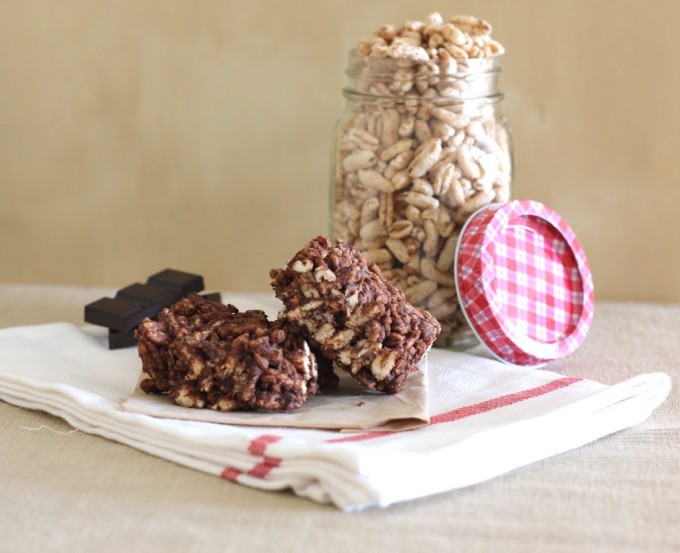
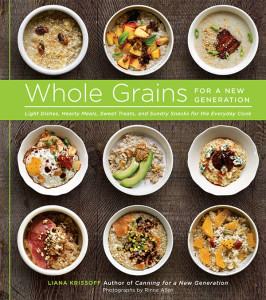
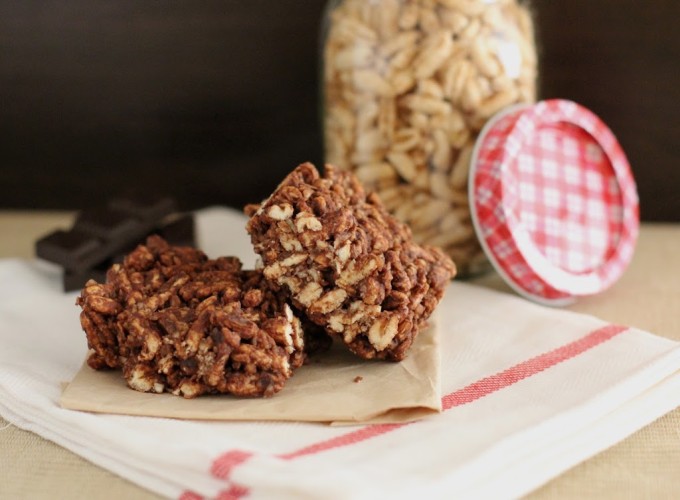

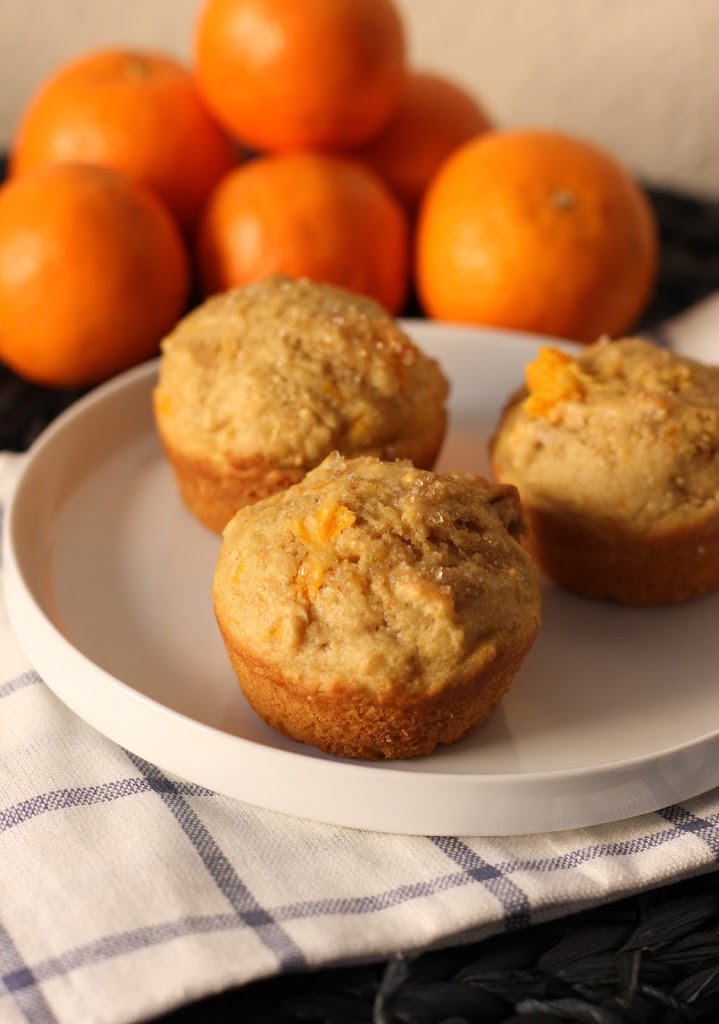

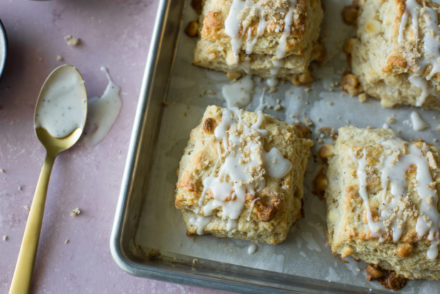

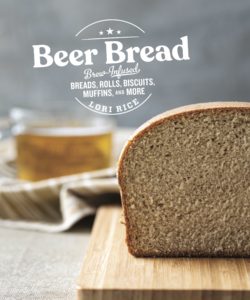
My grandma used to make puffed wheat squares, and I loved them as a kid. I have never made my own, even though I know they are relatively easy to make. This version looks great – hopefully I can get around to trying them out soon 😀
I love cookbooks about whole grains because I can never get enough of them!! This sounds particularly awesome. Puffed kamut…now THAT I have never had before! Definitely need to try these out!
Wow, this cookbook seems like it’s right up my alley! I like what she has to say about switching from white pasta and bread to whole grains – do something different rather than trying to swap in a whole grain version. Like you, I have trouble trying to convince people to switch to whole grain versions of things they’re used to eating, but this approach may have more success. Thanks for posting about this book – it’s now on my wish list – and the recipe. Have it pinned to try!
I’m always interested in learning new ways to cook and create dishes with whole grains. And, I love this take on a rice crispy treat. With coconut, chocolate, and tahini, they sound delicious!